Although the Galaxy Note 9 is an amazing phone, many members of the Android community won't even look at it. This isn't just because of the Samsung Experience skin, but the large amount of bloatware that comes with this device. However, with a little work, you can remove all of it.
With a computer and a USB cable, you can disable any app that comes preinstalled on the Samsung Galaxy Note 9, including system apps that Samsung prevents you from uninstalling or disabling. Disabled apps will act as if they are uninstalled unless you factory reset the phone. Only during a factory reset will the bloatware reappear, forcing you to perform the procedure again to remove the bloatware.
What You'll Need
- USB data cable
- Windows, Mac, or Linux computer
Install ADB & Fastboot
To remove bloatware from the smartphone, you will need to the assistance of ADB commands, which require a specific program on your computer. We are aware of how daunting this step can be and therefore created a complete guide which will walk you through the entire process. Check out the link below to get started.
- Instructions: How to Install ADB & Fastboot on Windows, Mac, or Linux
Install Samsung Drivers (Windows)
For a Windows-based computer, you will need to install Samsung's drivers for your computer to properly recognize your phone when connected via the USB cable. Use the link to download the ZIP file and extract the contents on your computer. Run the EXE or PKG file and follow the on-screen instructions to install the drivers.
Once completed, your computer will not only correctly identify your phone, but will also be able to send ADB commands to your device.
Install App Inspector
Disabling apps using ADB requires you to obtain the package name of the app. Unfortunately, this isn't easy to find within the Settings menu. Therefore, you'll need to leverage a feature of a third-party app which will display each app's exact package name. It will also provide you with the icon of the app to make it easy to know which app is associated with which package name.
- Play Store Link: App Inspector (free)
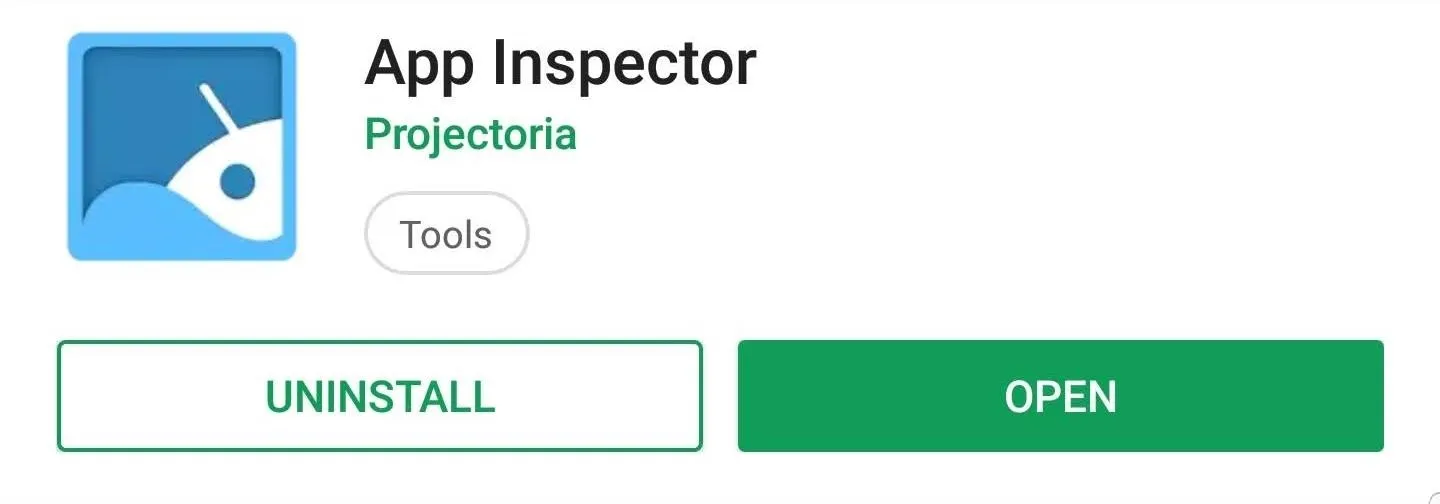
Enable USB Debugging
Connect your phone to your computer using the USB cable (preferably be the OEM cable). Unlock Developer Options and enable "USB Debugging." If you don't know how to unlock Developer Options, check out our guide below.
A prompt will appear asking you if you wish to "Allow USB debugging?" Select "OK" on the popup.

Open Command Prompt or Terminal
On your computer, locate the installation directory of ADB and Fastboot. For Windows users, this can usually be found at C:\Program Files (x86)\Android\android-sdk\platform-tools. For Mac and Linux users, it depends on where you extracted your ADB folder when you installed the utility, so search your hard drive for the platform-tools folder if you've forgotten.
Open up Command Prompt (for Windows users) or Terminal (for Mac and Linux), and input the following:
cd locationReplace "location" with the exact location of platforms-tools (for example, Windows users will input: cd C:\Program Files (x86)\Android\android-sdk\platform-tools). You can also hold Shift on the keyboard and right-click on an empty space, then choose "Open command window here" while in the ADB and Fastboot directory to open the Command Prompt within the directory.
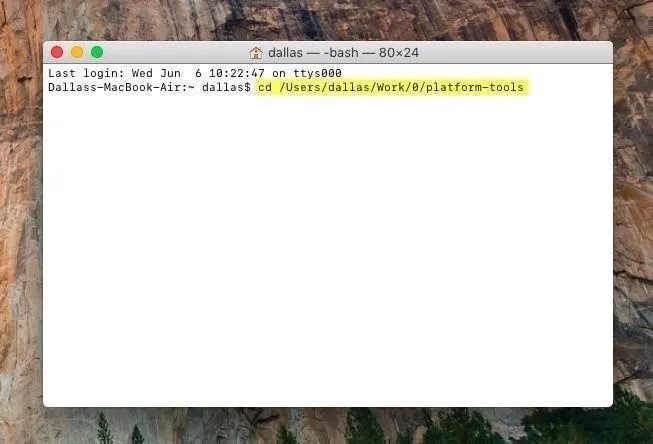
Dallas Thomas/Gadget Hacks
If you decided to use Minimal ADB and Fastboot instead, locate the installation directory and choose "cmd-here." This will open the command prompt within the directory.
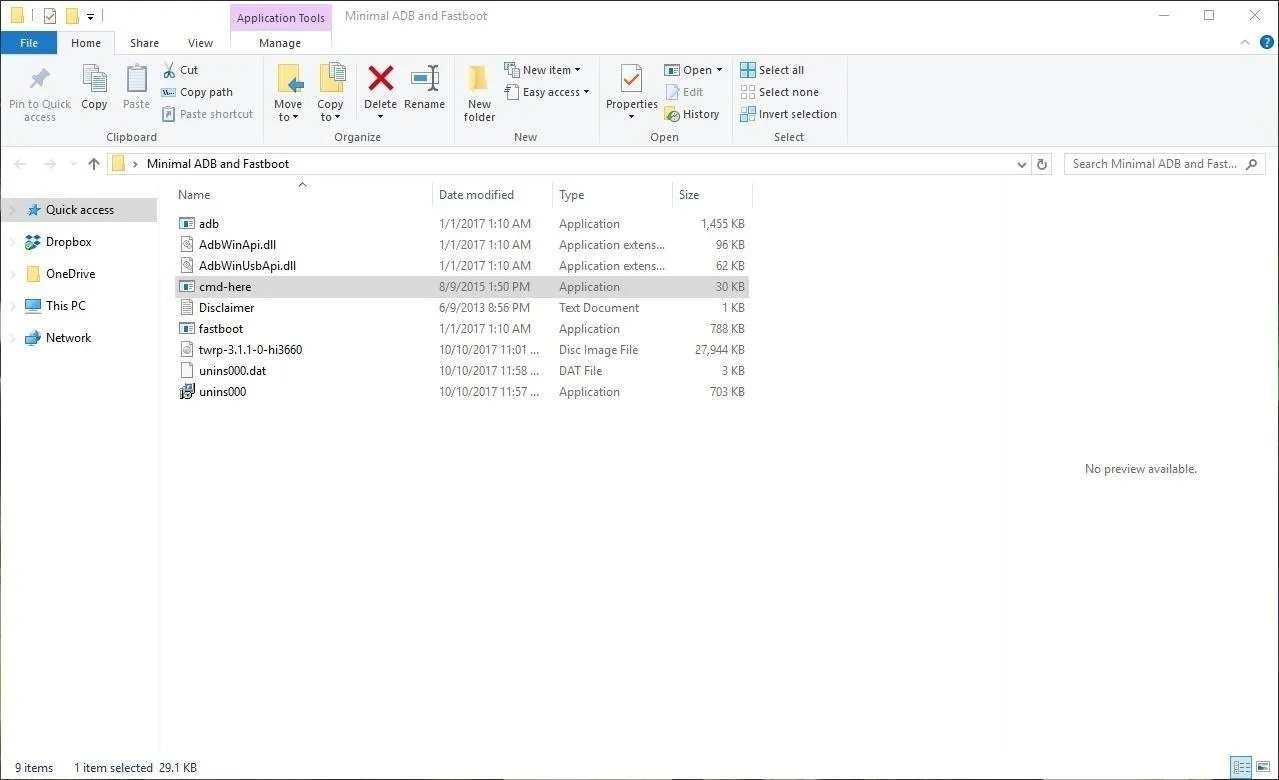
Start ADB Shell Service
The first thing you'll want to do is check the ADB connection between your computer and your phone. Input the following code:
For Windows users: adb devices
For Mac/Linux users: ./adb devicesYou should see a string of random numbers and letters followed by "device." This indicates you can send commands. If you don't see this, try checking your USB cable to ensure it is fully plugged in. If you see unauthorized, disable and re-enable "USB Debugging" on your phone and make sure you choose "OK" on the "Allow USB Debugging" prompt.
Next, input the following code to start the ADB Shell service:
For Windows users: adb shell
For Mac/Linux users: ./adb shellDisable Bloatware
Return to Your phone and open App Inspector. Select an app from the list that you wish to remove. Under "Package name," you will find the package name of the app, which you will need.
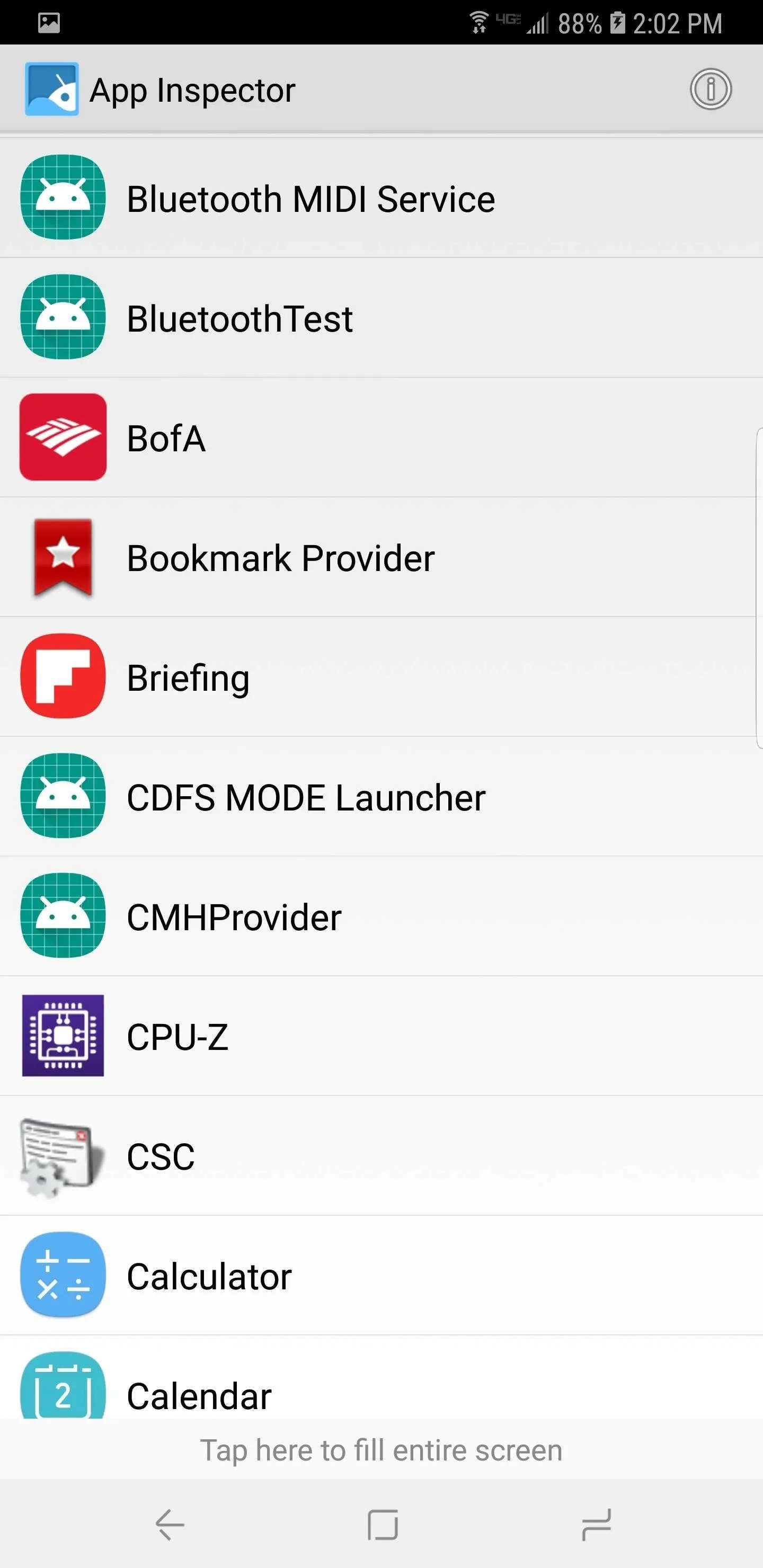
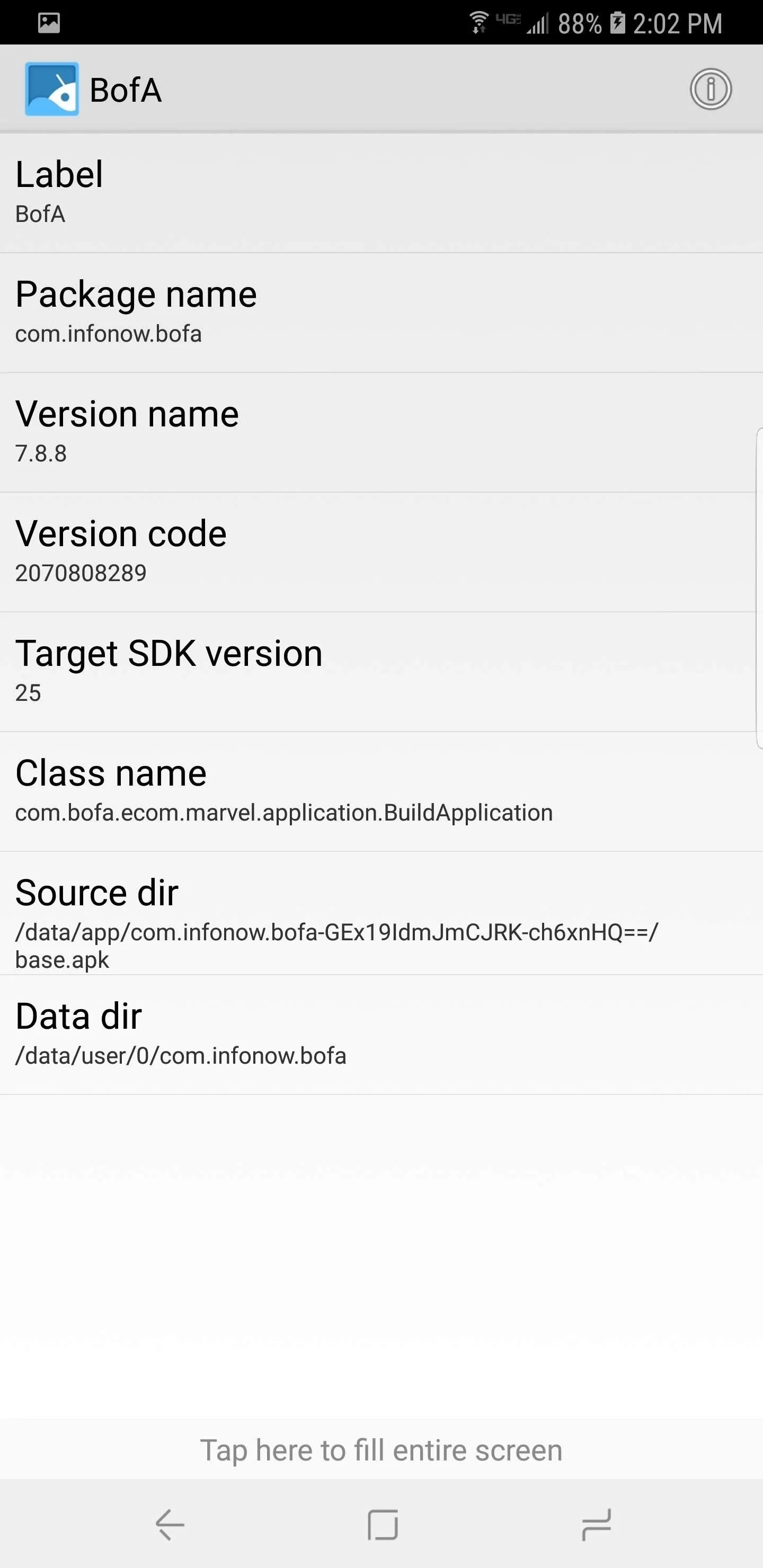


Return to your computer and input the following code:
pm uninstall -k --user 0 XXReplace XX with the complete package name of the app. For example, to remove the Bank of America app, your code would look like this:
pm uninstall -k --user 0 com.infonow.bofaWhen done correctly, a message saying "Success" will appear indicating the bloatware is removed. Now you just need to repeat this process for the other apps.
Disable Even More Bloatware
The problem with this method is that you might uninstall an app which isn't safe to remove. Depending on how deep Samsung integrated the app, removing might preventing you from performing basic tasks and force you to force reset your device. Fortunately, a user on XDA created a list for Samsung devices as to the packages which are safe to remove.
Open the list on your computer and copy and paste each line into Terminal or Command Prompt. For us, since we are using a Verizon Samsung Galaxy Note 9, we used both the Samsung Bloat list and the Verizon Bloat list to get everything off.

Note that this list is based on Samsung Galaxy S8, so the Note 9 will have some apps which are different. If one of the bloatware apps aren't on your Galaxy Note 9, you will see a message "Not Installed For User 0." Simply skip this package and go to the next one. Afterward, using App Inspector, look for any apps which you might have missed and be careful. If you are not sure about an app, ask about it in the comment section below.
- Follow Gadget Hacks on Pinterest, Twitter, YouTube, and Flipboard
- Sign up for Gadget Hacks' daily newsletter or weekly Android and iOS updates
- Follow WonderHowTo on Facebook, Twitter, Pinterest, and Flipboard
Cover image and screenshots by Jon Knight/Gadget Hacks







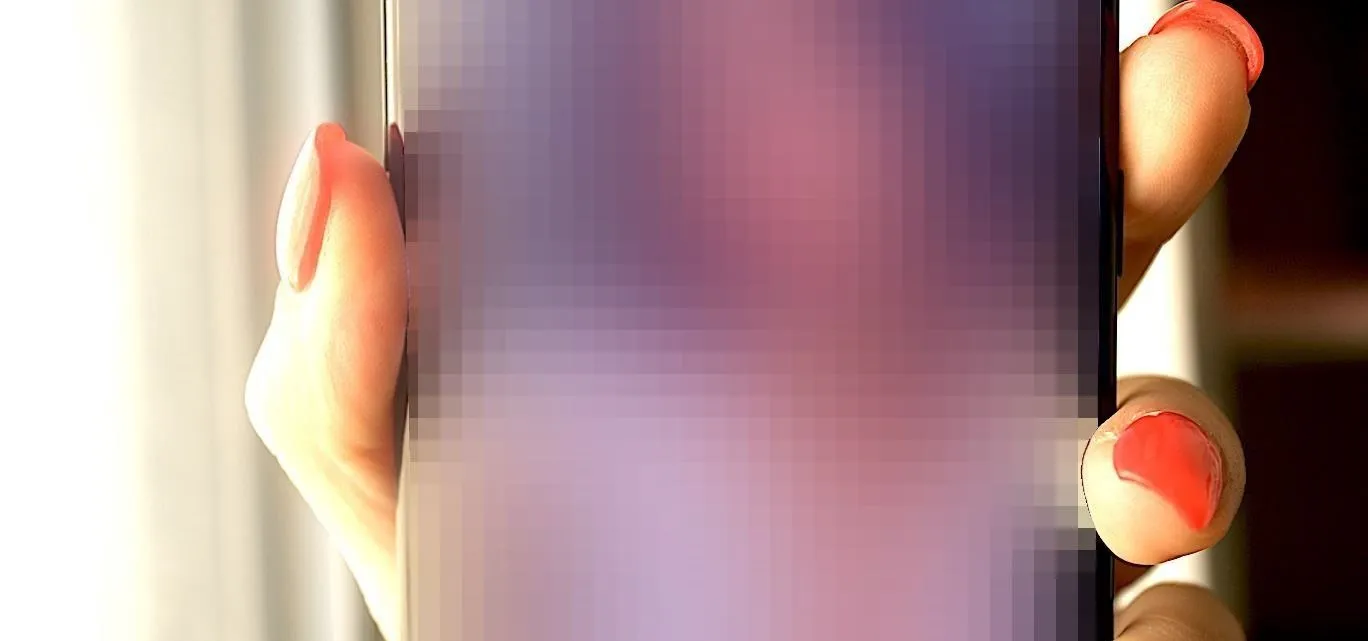
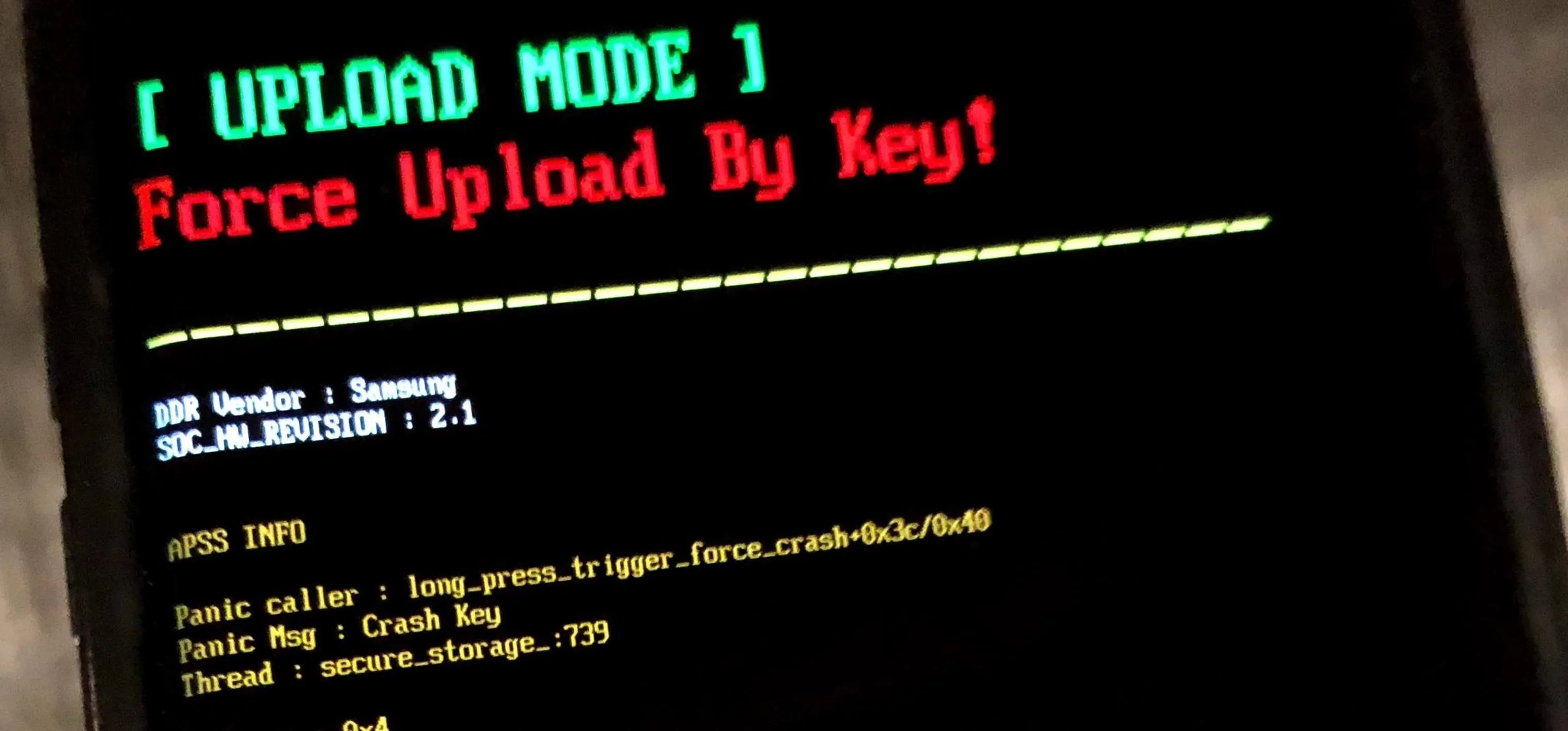
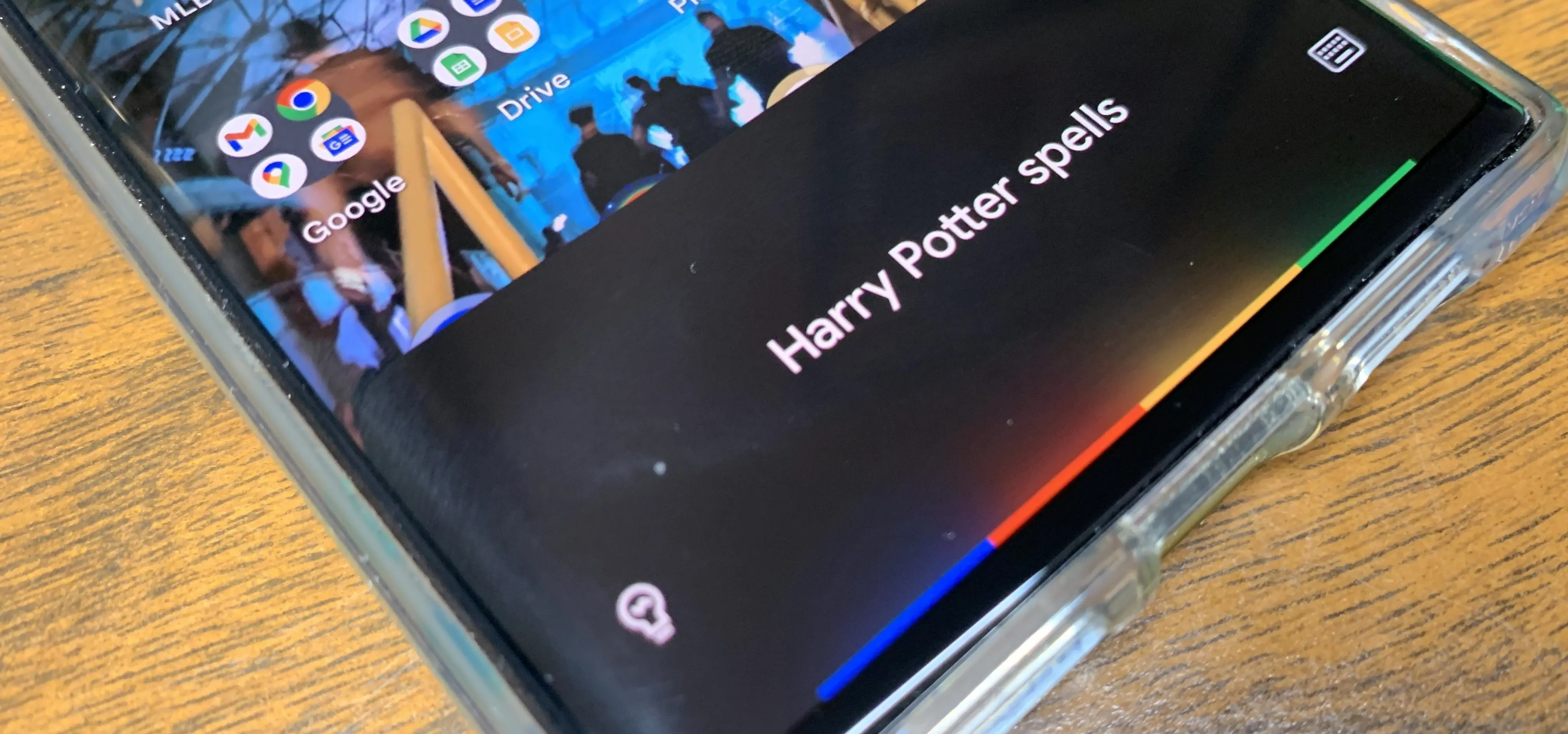
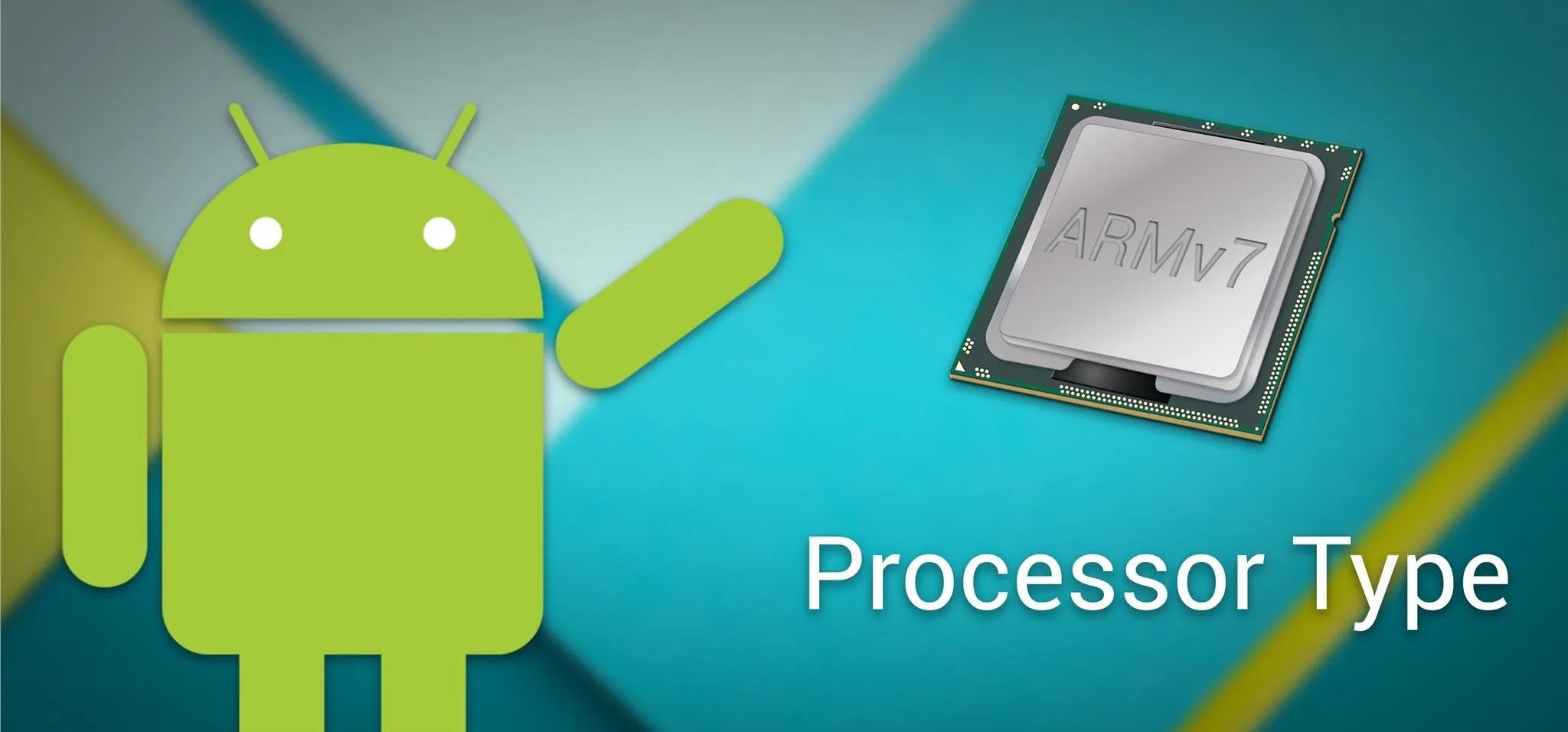
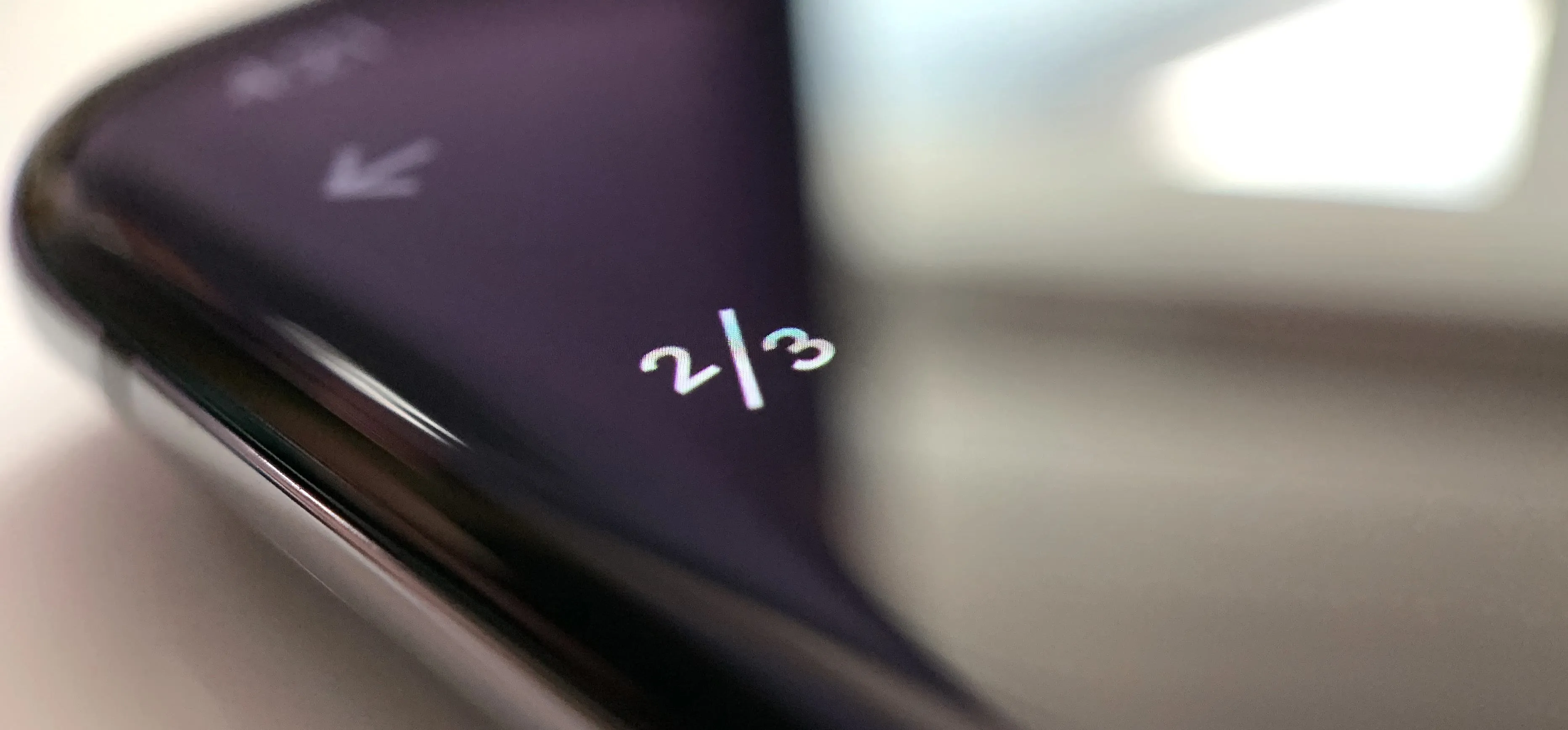

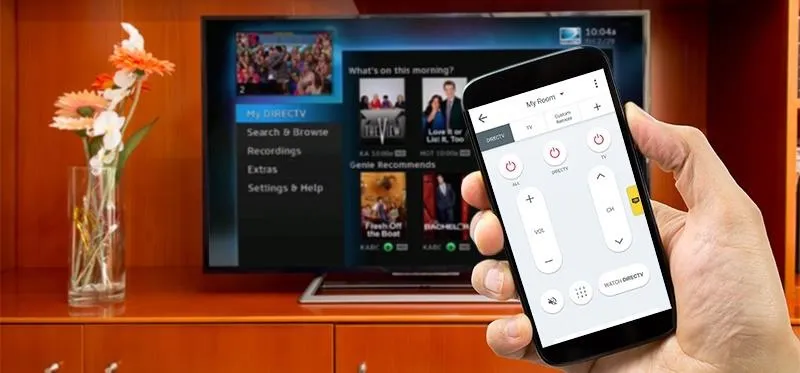

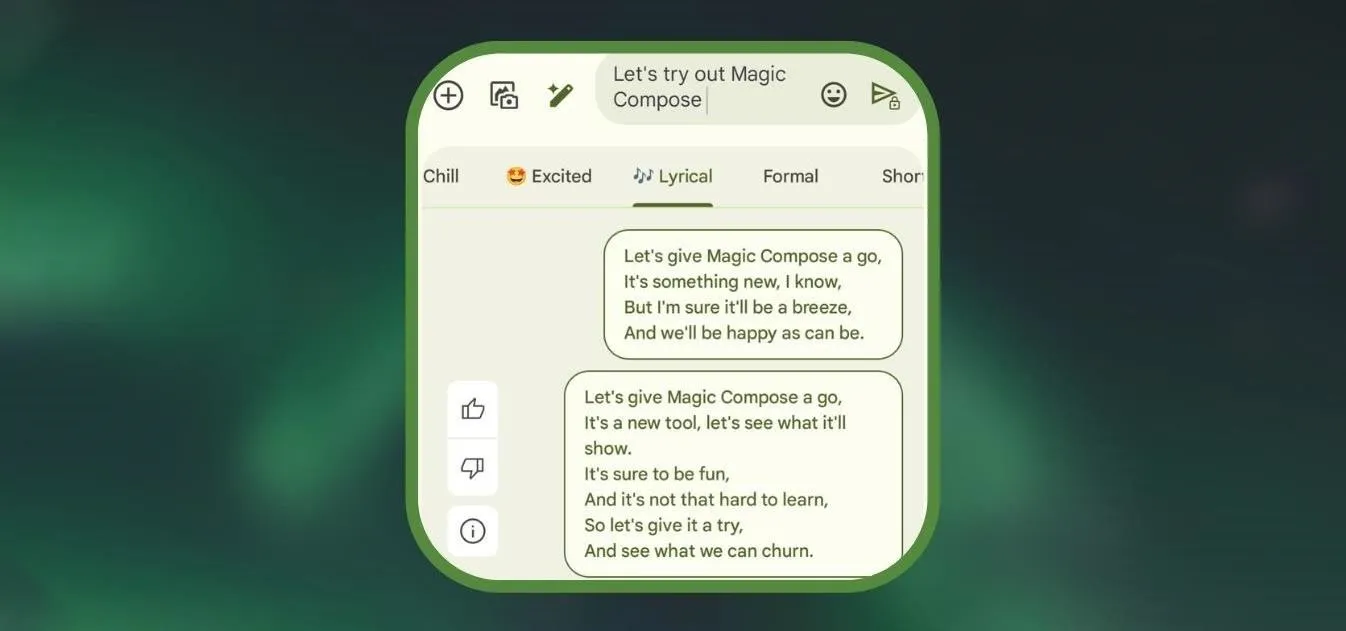
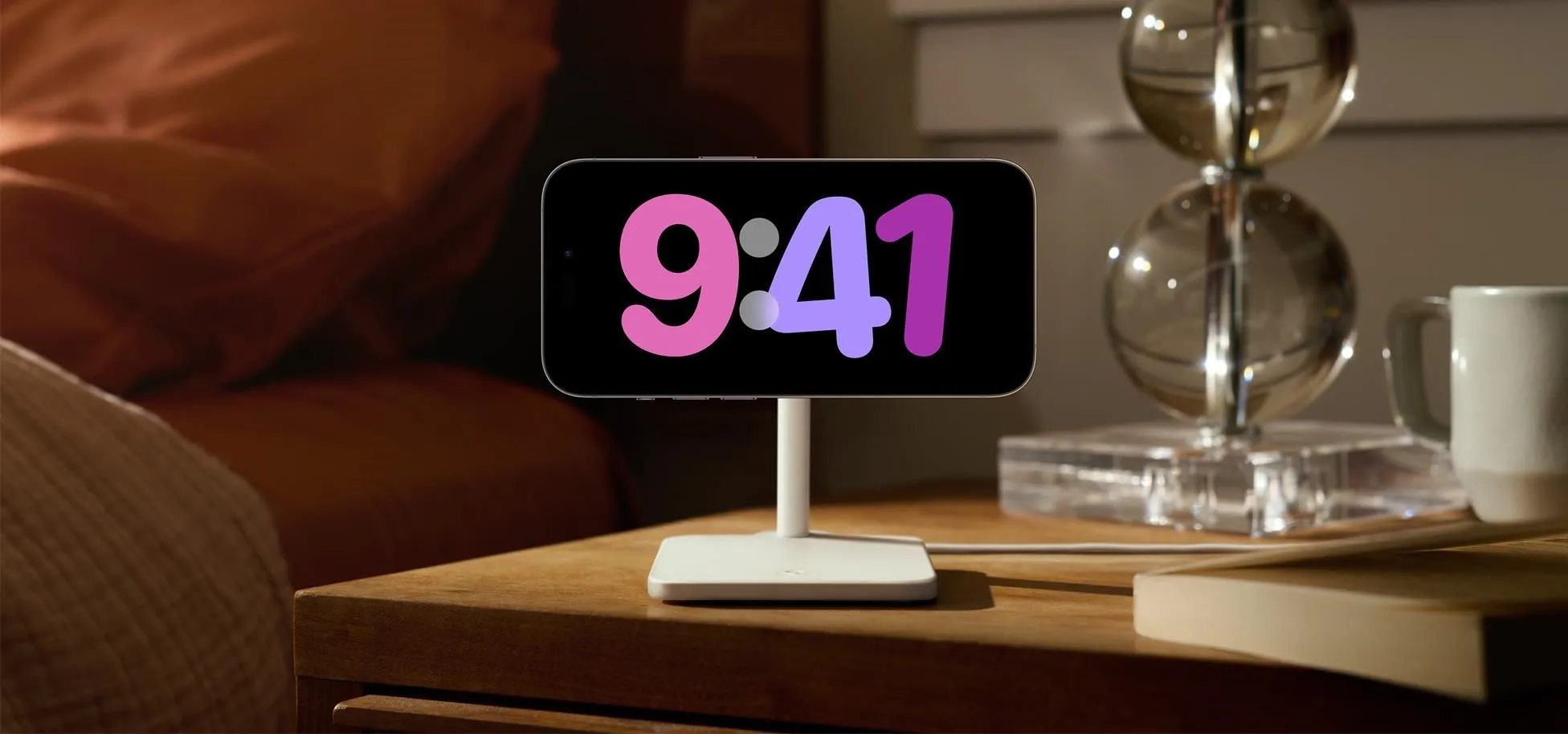
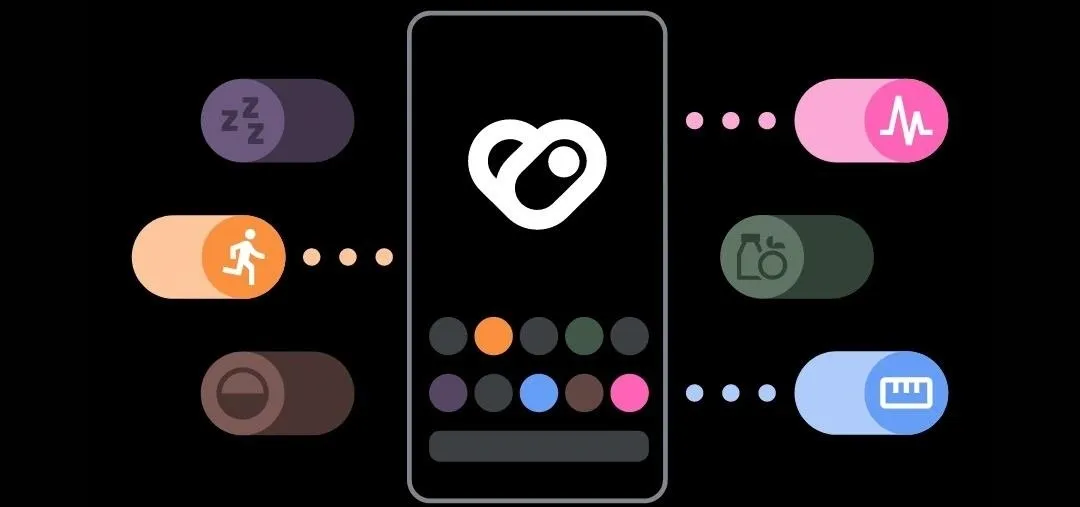
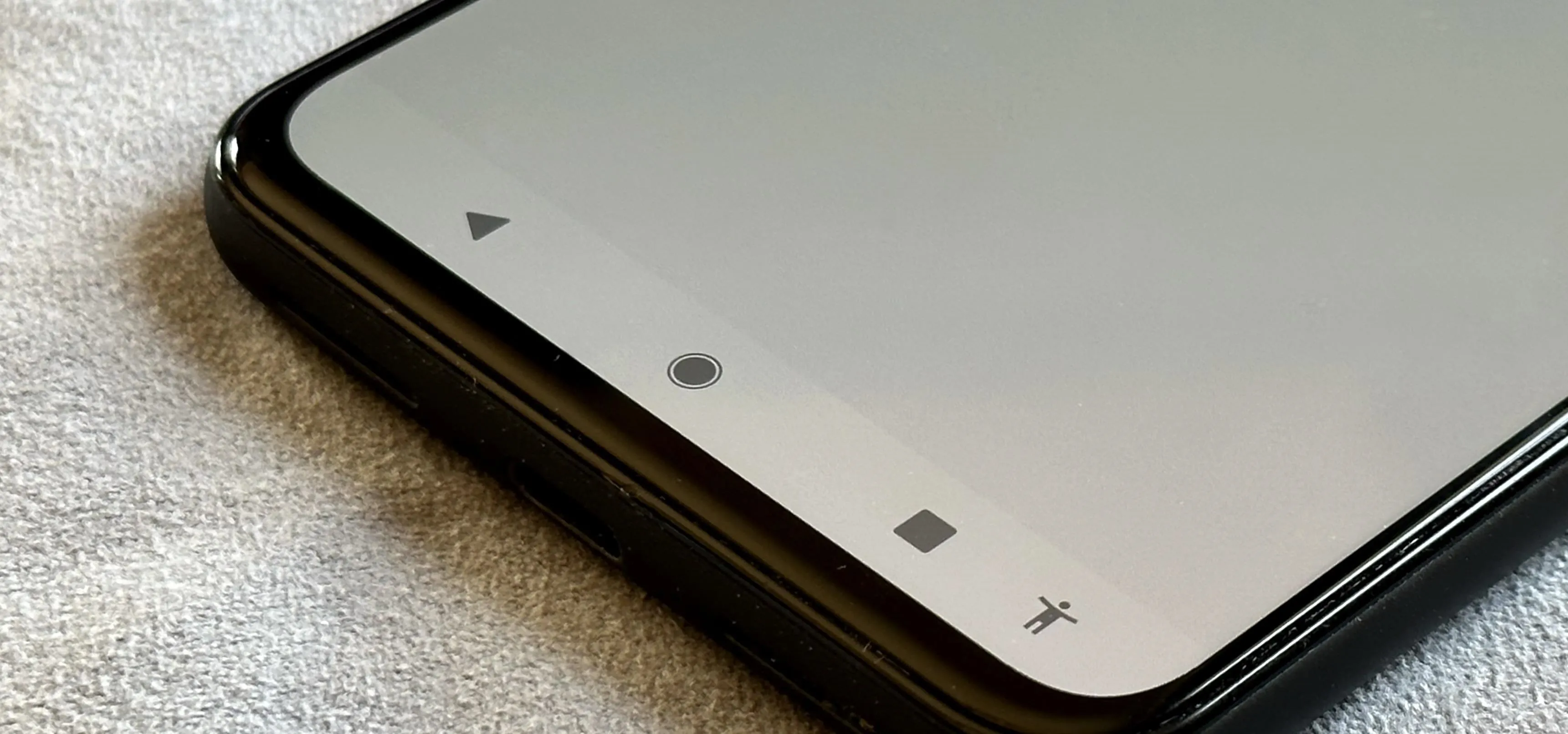
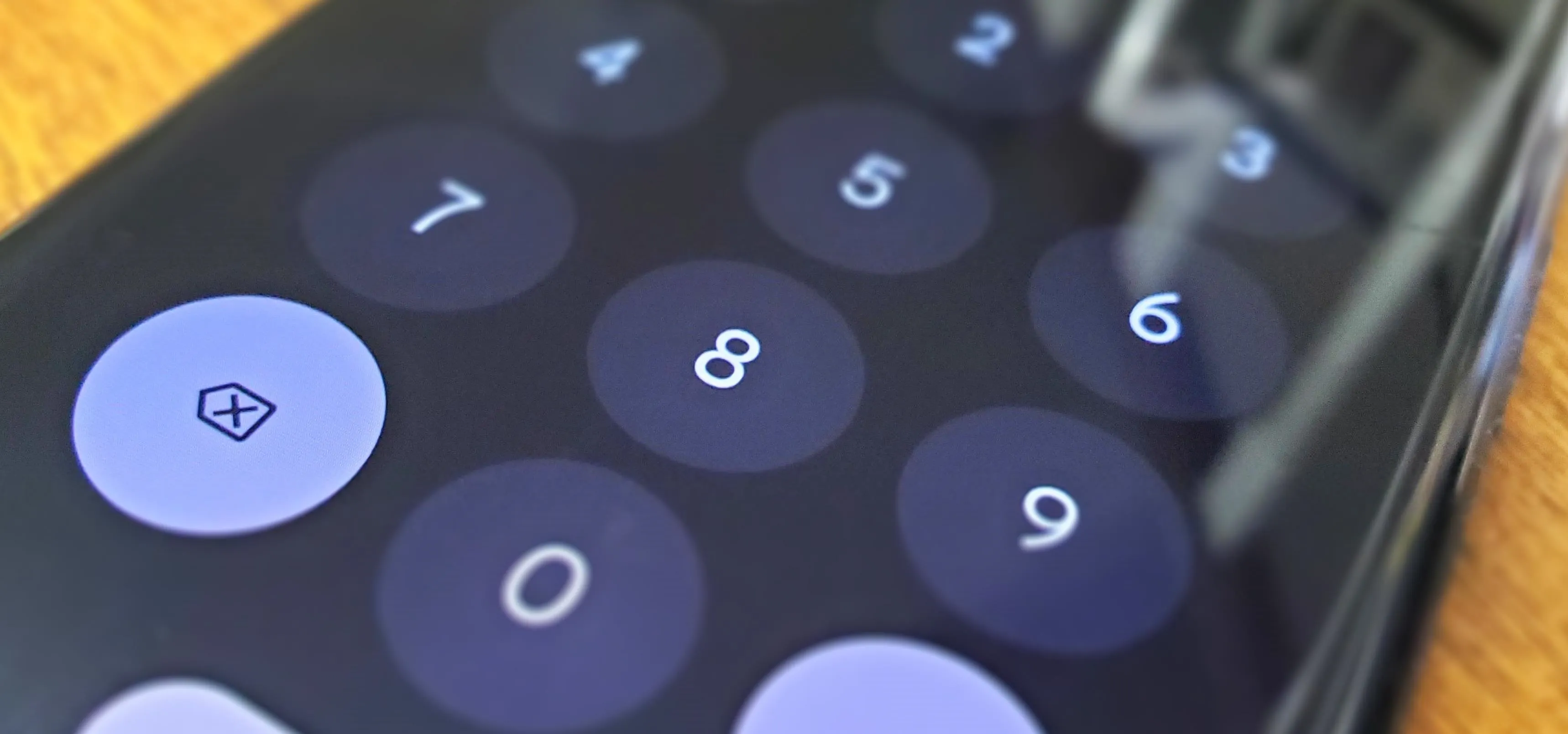

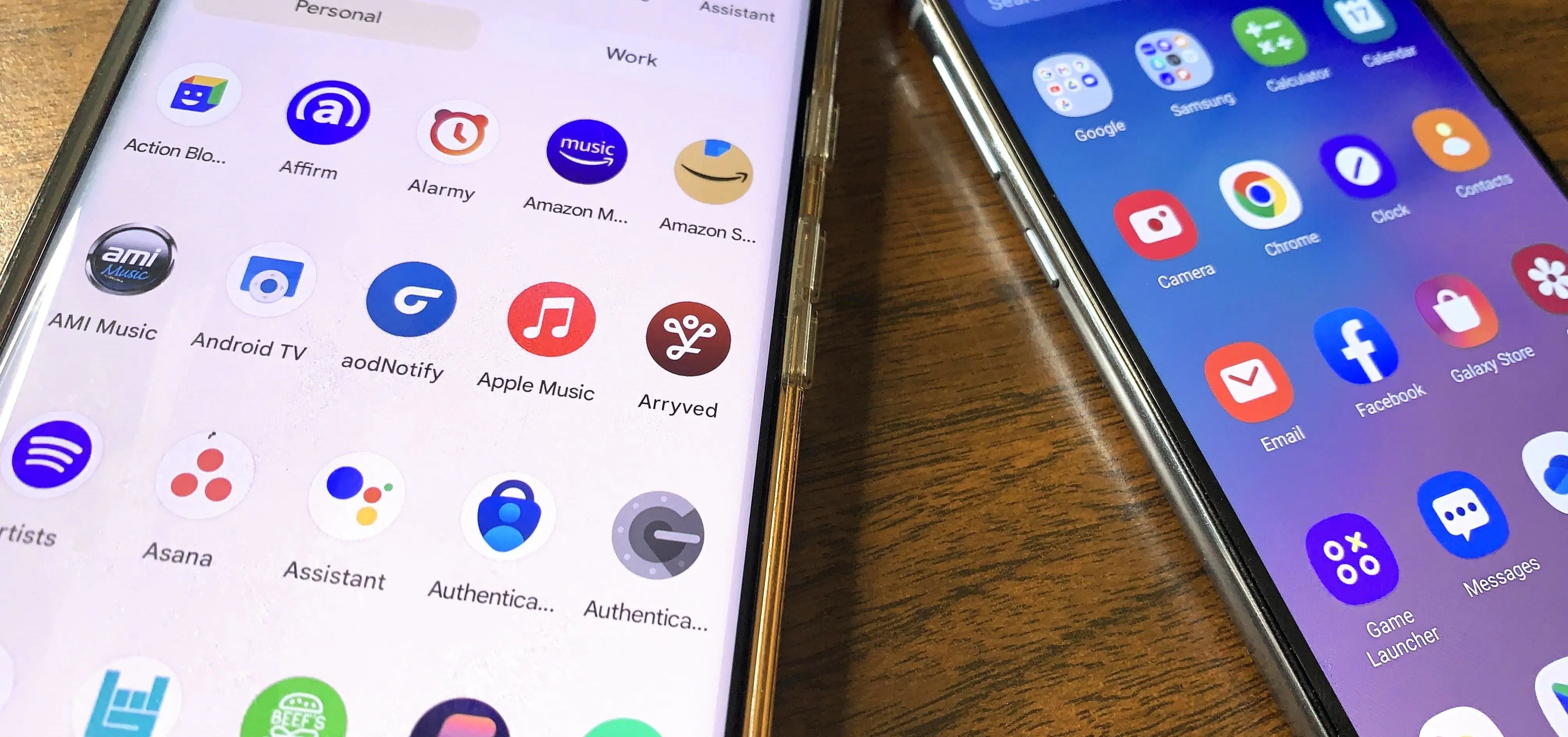



Comments
Be the first, drop a comment!